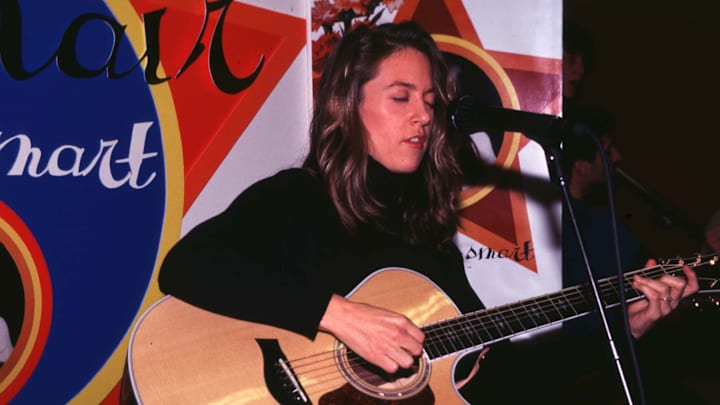Want to start an argument amongst some of your geeky music friends? Ask them what their favorite lo-fi album is. They won’t fight over the albums. They won’t even get that far. They’ll fight tooth and nail over what is and isn’t a lo-fi album.
Lo-fi has come to define both a recording style and an overall ethos. If you ever tried to record your band in your friend’s basement using a TASCAM portastudio, you were dabbling in lo-fi. Technical advancements in home recording apparatus in the 1970s allowed DIYers much greater recording sophistication. They weren’t achieving industry standards but they were good enough to impress your friends. If your songs were good enough, you might even be able to sell some.
R. Stevie Moore was the most notable pioneer in the early days of lo-fi. Today, you can find hundreds and hundreds of his original songs online. It’s usually a simple acoustic guitar riff accompanying his vocals. There may be some limited additional instrumentation. Perhaps a bass, or some type of percussion. Maybe a little bit of electric guitar. You will hear fuzz and crackles in the recording. It will sound a little thin and hollow. It will be decidedly low fidelity.
Fantastic 1990s albums that define lo-fi
But lo-fi also came to define style and not simply a sound. Emo fits lo-fi perfectly. There was a perceived authenticity in lo-fi that meshed well with a solitary artist opening up about his or her emotional angst.
In 1982, on the heels of his chart-topping album The River, Bruce Springsteen released Nebraska. He recorded the demos all by himself with a four-track TASCAM in his bedroom. The plan was to use those recordings as the E Street Band worked them into an album. What happened next has been written about and discussed ever since.
Most of the songs actually sounded worse when the band performed them in the studio. They tried and tried but they simply couldn’t capture the lonely sound Bruce’s lo-fi recordings offered. They ended up simply releasing the lo-fi demo as Nebraska. (A few of the songs did indeed seem suitable for the entire band. They were saved for the next album, which was named after one of those songs – “Born in the U.S.A.”)
Nebraska is one of those albums that, like The Velvet Underground and Nico, didn’t sell very well but was enormously influential. Suddenly artists who could afford fancy studios were withdrawing to cheaper environs to capture that “authenticity.” And for below-the-radar bands who could barely pay their rent, poverty was not the hindrance it had been. Lo-fi was acceptable. At times, it may have even been a preferable artistic choice.
This trend continued throughout the ‘80s and hit a peak in the early ‘90s when post-hardcore and grunge music seemed to nestle nicely into the lo-fi universe. Every hiss or pop on the track, every rough, slightly off-key vocal seemed to push back against overly pasteurized synth pop. R.E.M. grew out of its lo-fi origins to become one of the biggest bands in the world by the end of the decade.
So as the ‘90s dawned, floodgates were open for lo-fi artists. Technology kept getting better, meaning that lo-fi itself was getting a little more sophisticated. As newer mixers came on the market, prices dropped on older models. Most importantly, there was a track record of success. If Springsteen and R.E.M. could do it bare bones, then anyone could.
Let’s check out five awesome lo-fi releases from the early ‘90s. I’m not calling these the “best.” I doubt such a designation is possible. These are just five really good releases to whet your whistle for this type of music. If you like it, there is a never-ending supply of brethren recordings, both old and new, to dive into.
